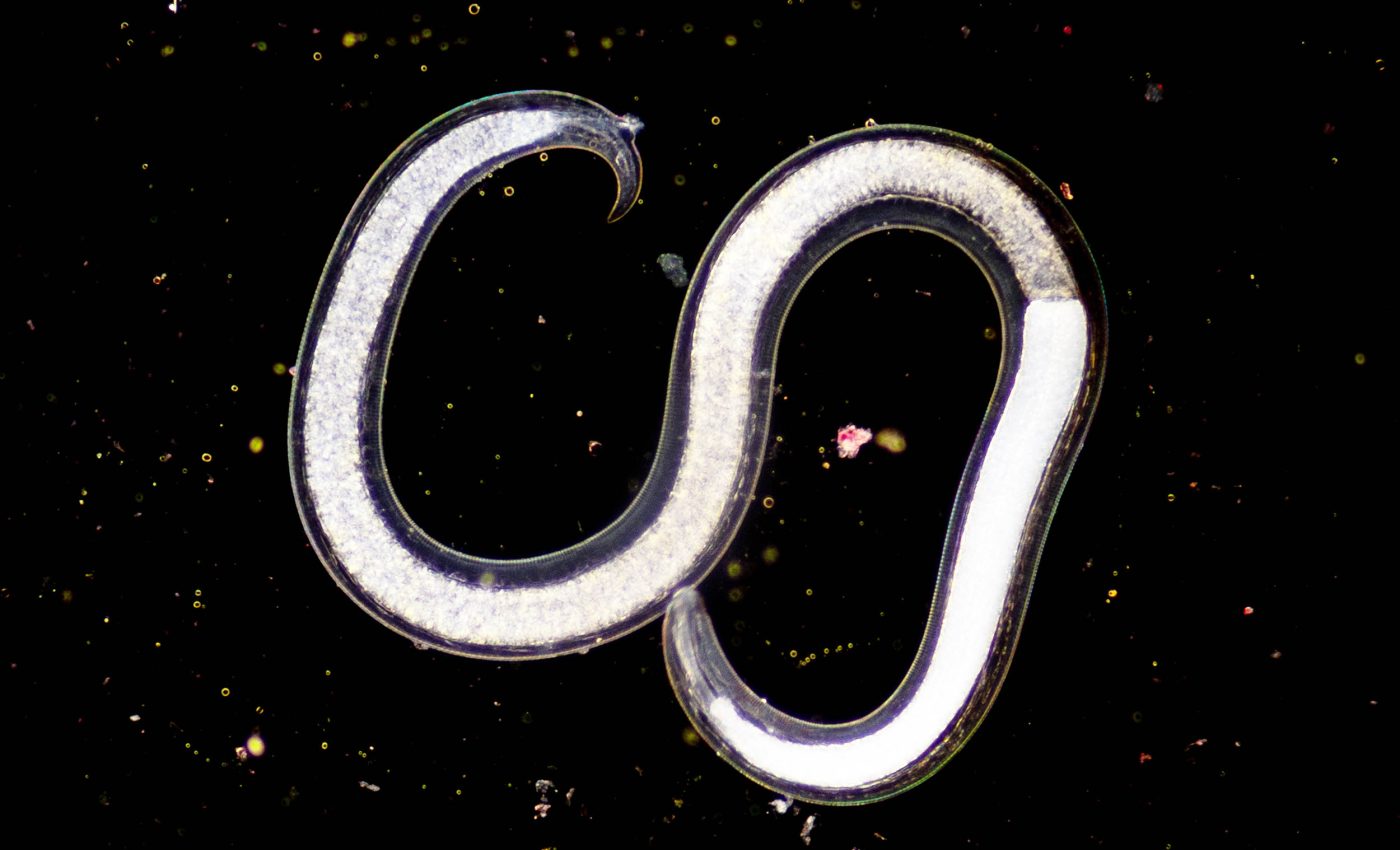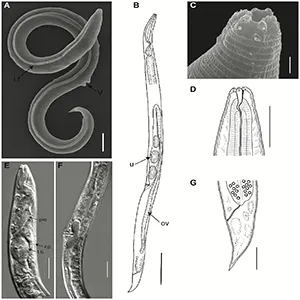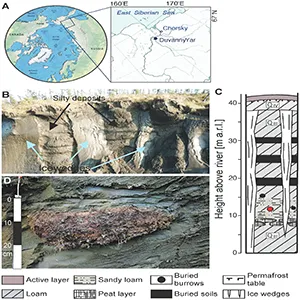
Scientists 'reanimate' a worm that was frozen in Siberian permafrost for over 46,000 years
In Siberian permafrost, scientists thawed ancient soil and saw tiny nematodes move. These animals “woke up” after an extremely long freeze and resumed life functions in the lab.
Their revival raises clear scientific questions and practical ones. How long were they there? What helped them survive? Could the same biology help modern medicine store living material more safely?
The permafrost where the nematodes were found had remained at below freezing temperatures since the Last Ice Age. In the lab, just a bit of gentle warming brought them back to life.
Pinning down the DNA and age
The team verified that these were nematodes and observed normal behaviors after rehydration and feeding.
Even with DNA barcodes and microscope photos, scientists still couldn’t tell if the permafrost worm was a brand-new species.
So Philipp Schiffer – a biodiversity genomics expert at the University of Cologne and co-leader of the new Biodiversity Genomics Center Cologne (BioC2) – teamed up with researchers in Dresden.
Together, his group worked to identify the worm’s species and analyze its genome.
Dating a living animal can damage it or mix in fresh carbon. So researchers dated plant fragments sealed in the same burrow as the worms.
Those fragments measured about 46,000 years old, placing the find in the Late Pleistocene. The layer had cold, dry, oxygen‑poor conditions that slow chemical damage to cells and DNA.
New species with unusual genetics
Using phylogenomic analysis, he and his team were able to define the roundworm as a novel species, and the team decided to call it “Panagrolaimus kolymaensis”.
In recognition of the Kolyma River region from which it originated, the nematode was given the Latin name Kolymaensis.
Its genome carries three sets of chromosomes, a state called triploidy. This often appears in animals that reproduce without males, and these worms reproduce by parthenogenesis, so a single female can found a new line.
The bigger issue is not only “how old?” or “what species?” It’s “how did they survive that long?”

Testing Panagrolaimus kolymaensis
The researchers then tested how tough P. kolymaensis really is and learned that giving the worms a little time to dry out before freezing helped them gear up for cryptobiosis and survive at -80 °C.
Permafrost supported the nematodes’ survival by keeping temperatures stable, moisture very low, and oxygen scarce.
The team compared the genome of Panagrolaimus kolymaensis to that of the well-studied nematode Caenorhabditis elegans and found many of the same genes linked to cryptobiosis – a state where an organism basically pauses life to survive extreme conditions.
Surprisingly, most of the genes C. elegans uses to enter this state in its “Dauer” larval stage also showed up in Panagrolaimus kolymaensis.

Both species use cryptobiosis
The study also tested a practical method in a modern lab worm. Typically, deep‑freezing C. elegans without additives kills them.
Using a two‑step approach – dry the dauer larvae, then freeze at −80 °C – changed the outcome. After 480 days, the dried‑then‑frozen worms revived and developed normally.
“Our experimental findings also show that Caenorhabditis elegans can remain viable for longer periods in a suspended state than previously documented,” explained Vamshidhar Gade, a doctoral student at that time in the research group
“Overall, our research demonstrates that nematodes have developed mechanisms that allow them to preserve life for geological time periods.”
Inside that “pause mode,” both species of worms protected themselves with trehalose and other tweaks, which shielded cell parts for long stretches.
Many small organisms can enter cryptobiosis. Molecules stabilize proteins and membranes until conditions improve for reanimation to occur.
Why Panagrolaimus kolymaensis matters
Understanding trehalose‑based protection and the metabolic preparation that precedes it can improve how we store living materials.
Better protocols could help preserve cells, tissues for transplant, and research samples with less risk and fewer chemicals.
The approach of priming organisms and then freezing them at standard temperatures suggests new options for biobanking.
“Our findings are essential for understanding evolutionary processes because generation times can range from days to millennia and because the long-term survival of a species’ individuals can result in the re-emergence of lineages that would otherwise have gone extinct,” concludes Philipp Schiffer.
Lessons from Panagrolaimus kolymaensis
Thawing permafrost in the years ahead will release long‑dormant microbes and animals, like Panagrolaimus kolymaensis, back into modern ecosystems.
Most will be harmless or already familiar in today’s environment. Their return still matters because it adds ancient genetic variation and survival strategies to present‑day communities.
This discovery highlights a repeatable program for staying viable over geological time: reduce activity, convert fats into trehalose, and stabilize key molecules.
The details differ by species, but the core strategy holds. Biology can press pause for far longer than most of us expect.
The full study was published in the journal PLOS Genetics.
—–
Like what you read? Subscribe to our newsletter for engaging articles, exclusive content, and the latest updates.
Check us out on EarthSnap, a free app brought to you by Eric Ralls and Earth.com.
—–













